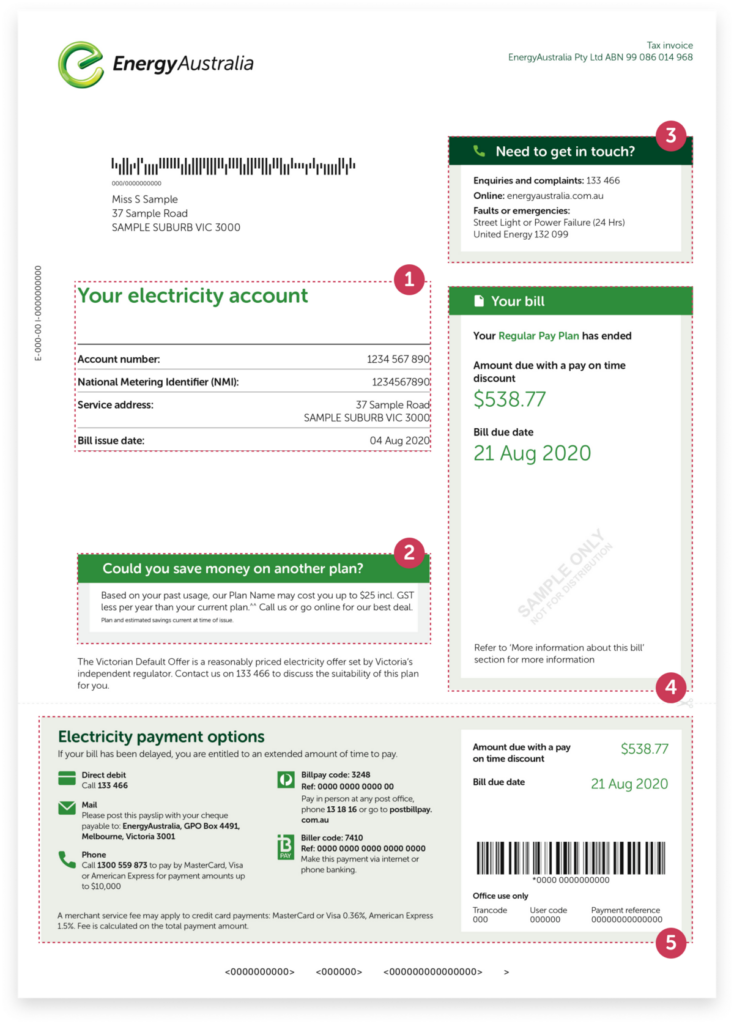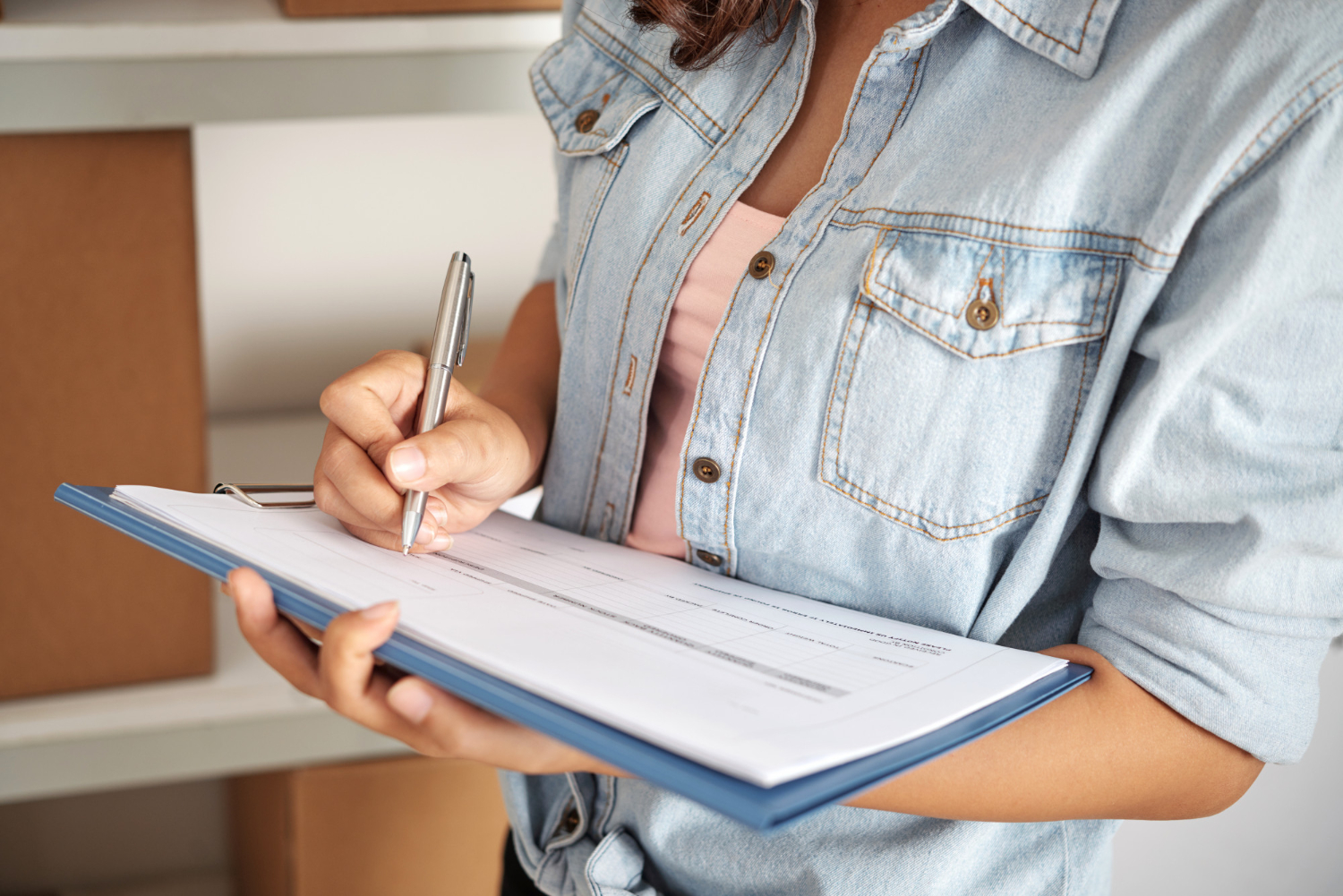Electricity Bills: What’s the Australian Average?
Everybody’s been in that dreadful situation where they open their electricity bill and then have to collect their jaw up off the floor.
A high electricity bill always begs the question, are you paying too much for your electricity? To determine that, we must first find out what everyone else is paying and delve into the national average electricity bill.
Luckily, that’s exactly what we’ve done, so grab your pens, reading glasses, and your latest electricity bill, and let’s determine whether you’re overpaying on electricity or not.
Interested in other utility averages? Check out the Australian averages for Gas and Internet bills, or better yet, the average utility bills cost in general!

Connect all your utilities in just 8 minutes!
Connect your Utilities
Electricity Charges & Rates Explained
Typically, energy bills (or power bills) are split between two different costs, those being your daily supply charges and your usage rates.
The daily supply charge is your standard fixed energy cost of upkeep and doesn’t change regardless of energy usage or electricity supply. These daily supply charges usually range from 80c/day to 120c/day.
Usage rates are where the real chunk of the bill is, as this is the amount you’ll pay for the actual energy you use. In terms of electricity, this is known as c/kWh which is what we’re focusing on. Usage rates are variable, in that it’s unlikely this month’s energy price will be the same as last month as it’s dependent on your usage.
Using Electricity
As mentioned earlier, your cost of electricity will always have a set minimum no matter how frugal you are with your energy consumption, but some factors contribute to your usage rates, including average household size and electricity plans.
For instance, machinery in the household like air conditioning, fridges, washing machines, TVs and even your chargers will take chunks out of your pocket.
The switches on your walls are bad news for your account balance too, as a simple light switch can start adding up the numbers in your average cost as much as the machinery can, especially if they’re not energy-efficient.
Pssst: For energy-saving tips and tricks to lowering your electricity usage, check out our Cost-Saving Tips.

What is the Australian Average?
The average monthly electricity bill for a typical household as of April 2024 was $165 per month ($1,979 per year), according to The AER reference price (Australian Energy Regulator).
This cost may fluctuate based on factors such as the size of your household and the number of people in the home, energy-efficient appliances, and the state in which you reside. Electricity prices can also fluctuate seasonally due to increased energy consumption for heating or cooling and certain off-peak times.
For a more extensive breakdown of electricity monthly and annual costs by state, please see the table below:
| State | Average Electricity Bill (Yearly) | Average Electricity Bill (Monthly) |
|---|---|---|
| Victoria (VIC) | $1,571 / year | $131 / month |
| New South Wales (NSW) | $1,827 / year | $152 / month |
| South-East Queensland (QLD) | $1,969 / year | $164 / month |
| Western Australia (WA) | $2,252 / year | $187 / month |
| South Australia (SA) | $2,279 / year | $190 / month |
To break it down, those living in the south and west of Australia are feeling the sting of a high electricity bill more so than their neighbours. This is loosely followed by Queensland, which has seen a spike in electricity costs over the last 3 years. There are sure to be big grins across the faces of Victorians looking at their low costs, especially since they’ve jumped above NSW and QLD for the lowest average electricity bill in Australia when compared to the previous years.
Victorians will feel the pain when their gas bill arrives more so than electricity, as Victorians pay the most on average in Australia for gas. Therefore, it pays to find a cheaper electricity bill no matter where you are in Australia, whether that be in sunny Brisbane or the colder Sydney and Melbourne.

Checking Your Electricity Bill
Now it’s time to address your electricity bill and see if your pricing is more than average or not, as it’s not as simple to look at the averages above.
With differences in lifestyles and tariffs, there are differences in the state average and your own consumption, which you’ll need to address by observing your latest utility bill supplied by your energy provider.
Thankfully, your energy bills should showcase exactly what you’re after, comparing your kWh (kilowatt hour) usage to those in your neighbourhood. This is typically depicted in a graph highlighting the size of the household, the number of people occupying the area, and whether there is a pool or not.
Below is an example from Energy Australia on what you would commonly find on an electricity bill (which can be found on Energy Australia’s website)

Is it Time to Change Electricity Providers?
After assessing whether you’re happy with what you’re currently paying or not, it’s up to you to decide whether it’s time to look at new energy plans or not. There is a multitude of electricity retailers in the electricity market to choose from and it’s important to find the right one for you.
Luckily, MyConnect can help you out. If you need help switching over and connecting electricity, give us a call at 1300 854 478 or use the Get Connected form here!
Need more info on how a utility connection company can help you make the switch?




 Justyn Harrison
Justyn Harrison 






